As many of you who have been reading my Artist of the Month series may know, I choose Artist’s to discuss that may not be well known or perhaps be overlooked by the Muddy Colors audience. Generally, I try not to spotlight major artistic figures that are covered in canonical art history books like Caravaggio or Rembrandt or artists that are over emphasized such as Sargent, despite how much I may admire them. I was surprised that while at Illuxcon last month while discussing the use of photo reference with a young artist, he indicated that he was unaware that Vermeer had used a camera. So, it seems I need to happily break my own guideline and discuss one of my favorite, and one of the most beloved artists in history, Johannes Vermeer (1632-1675)
When I was a college student I wrote my senior art history thesis on Vermeer, and while studying painting, his works were some of the images I copied to learn technique. I have always admired his images. As a young man I was able to see his glowing canvases at the Met, which houses one of the largest collections of his works. Volumes and documentaries have been created about this Dutch artist over the centuries and I’ve included some links to some excellent videos below.
Vermeer has been universally praised by art historians as one of the greatest painters of any age, and his paintings fetch some of the highest prices in the art market with a 2004 Sotheby’s sale of one painting over $42 million. So who was Vermeer, where did he come from and why is he considered so exceptional?
Born into the Dutch city of Delft in the 17th century places Vermeer squarely in the Northern Baroque movement. This is important to understand because Europe was embroiled in the Protestant wars during this period. Where as artists in France, Spain and Italy like Rubens, Velasquez and Caravaggio respectively were painting images in the Catholic tradition, in the Protestant North like the Netherlands, England and Germany the Protestant reformation had swept aside most Catholic imagery. The countries of Northern Europe were becoming exceedingly wealthy during this time period with colonial expansion and interests such as the Dutch East India Company, and the settlement of New Amsterdam in America. New wealthy businessmen were as eager to show off their success as they are today, but conspicuous displays of decadence were considered distasteful to their Protestant, Puritanical sensibility. So too were the depiction of holy scenes frowned upon deemed too Catholic. So what were rich business tycoons to buy to show off their wealth without seeming vain or idolatrous? Enter genre painting. This new movement strove to place the emphasis on good wholesome tableaus of figures and scenes that exemplified the ideals of the Northern, Protestant, patron. Hard work, humility, piety, and industry were some of the many qualities lauded in genre paintings used to remind and to illustrate to the contemporary industrialist the conservative values that had so recently elevated them from simple Dutch farmers to wealthy international traders. It is quite interesting to note that although living and working in this environment Vermeer married a Catholic and secretly converted.
The artists producing these images were very much the same as their patrons. Exemplifying contemporary techniques and practices using modern equipment and materials. New pigments from far flung colonies, images of maps of the world and new tech such as mirrors, lenses, and telescopes were not just subjects in the paintings, but used to make the paintings themselves.
It has been widely understood that Vermeer was one of the earliest proponents of photo reference, using a tool known as the Camera Obscura.
This primitive projection box which used lenses and mirrors to reflect an image like a modern opaque projector. This projection could be traced by the artist to get the image transferred. There are many clues that demonstrate this technique in Vermeer’s work, and once you start looking for them, they become quite obvious.
The camera itself had a few physical requirements. It was fairly bulky and needed to be placed on a table top so that the artist could look down onto the projection plate and trace the image. Secondly, the lens was quite sensitive to light, if pointed directly into the light the image would get washed out. Consequently the artist would need a strong direct light on his subjects, while the camera remained in the shadows. This technique is demonstrated by the repeated composition of Vermeer placing his Point of View against the wall of his studio blocking the direct sunlight. Thirdly, the most telling aspect of the camera are known as “discs of obscurity”. The Camera Obscura was rather crude, and the lens flares created small globduals on the highlights of objects. These small discs are only visible when looking through a lens and Vermeer adopted them, becoming one of the first painters to use photo effects in his work. Looking at most of Vermeer’s paintings all of these qualities are present. Although some scholars dispute the use of a camera in his work, I am quite convinced and find that it only enhances my enjoyment and understanding of his work.
Despite or because of this technique Vermeer’s work became and remains some of the most valuable and beautiful paintings in the Western tradition. As with all good use of photo reference, Vermeer used his tool as a reference to enhance his work and make his paintings famously shimmer and glow with light. His subjects appear captured in candid moments of daily life with a quiet solemnity that is vey reminiscent of photography while his masterful painting and color bring a rich reality that seems spiritual. I hope that wherever you are you take any opportunity you have to go see these paintings in person and enjoy one of the great masters of painting.




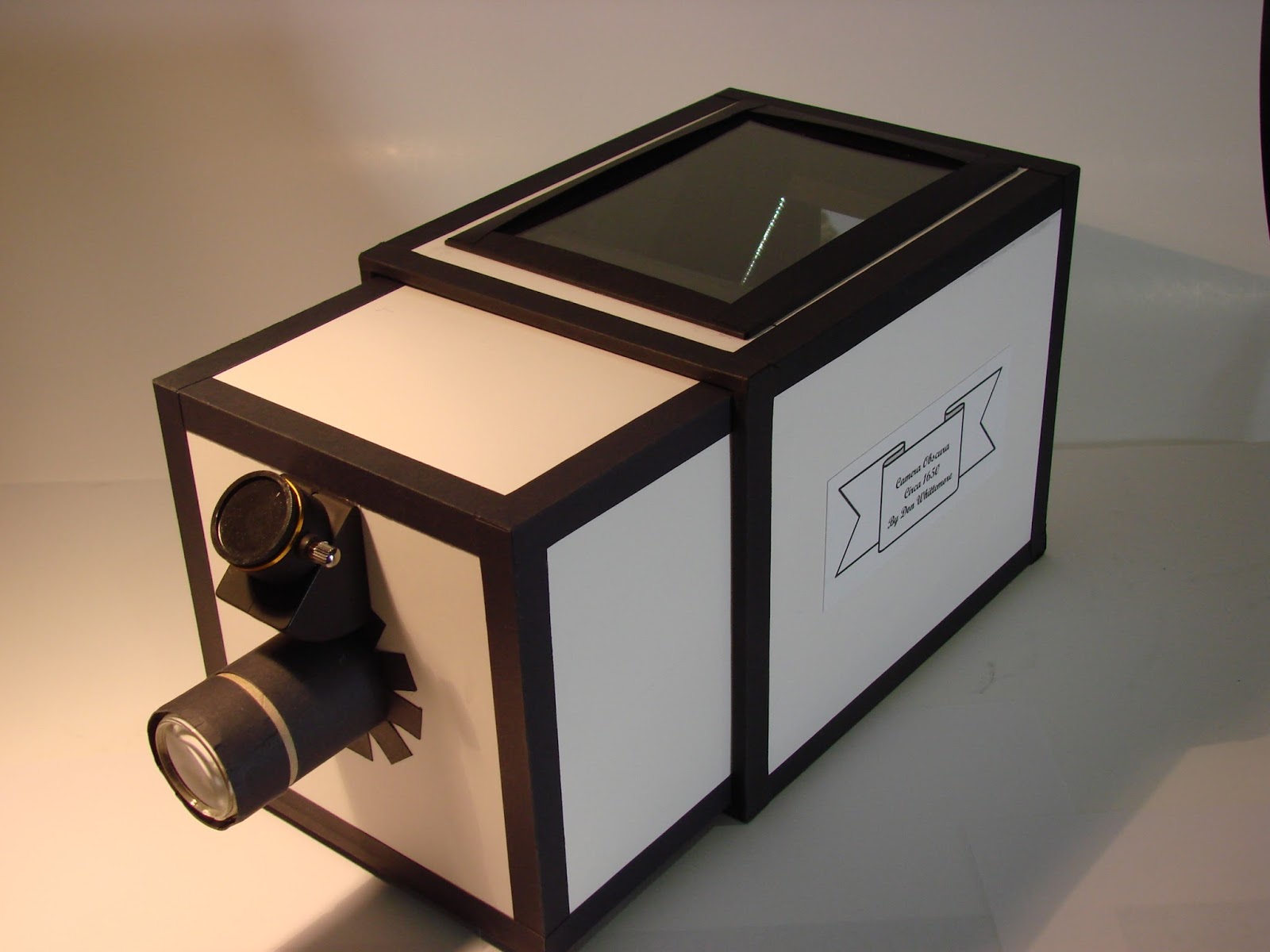
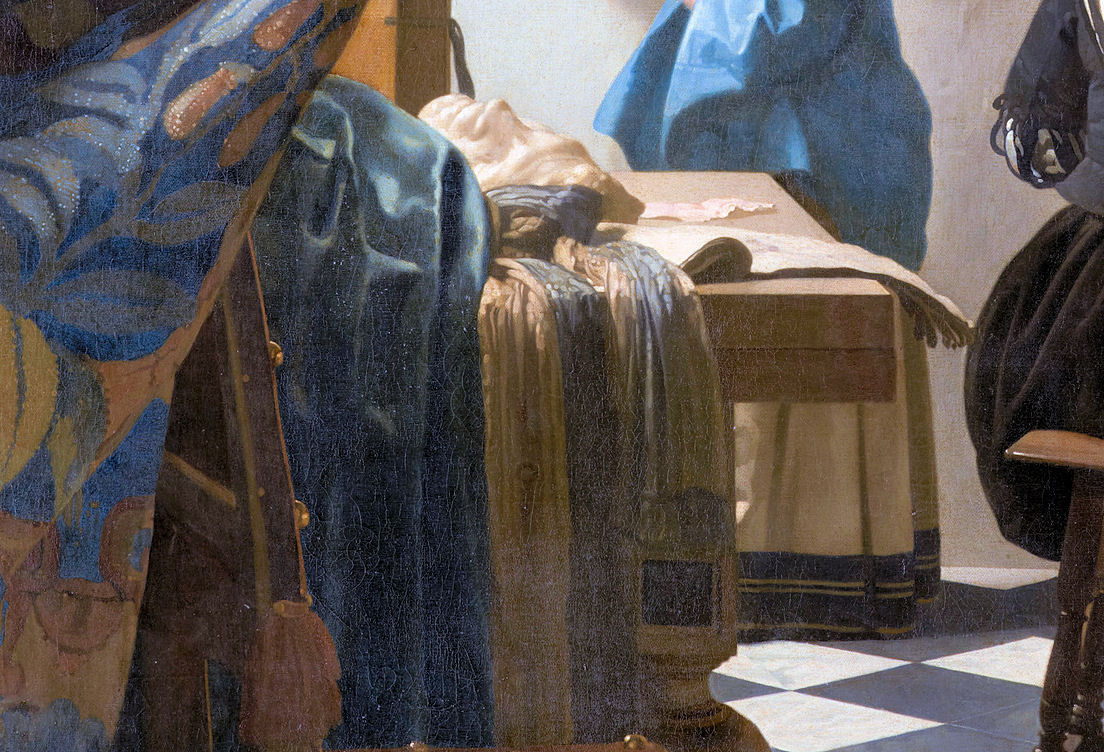
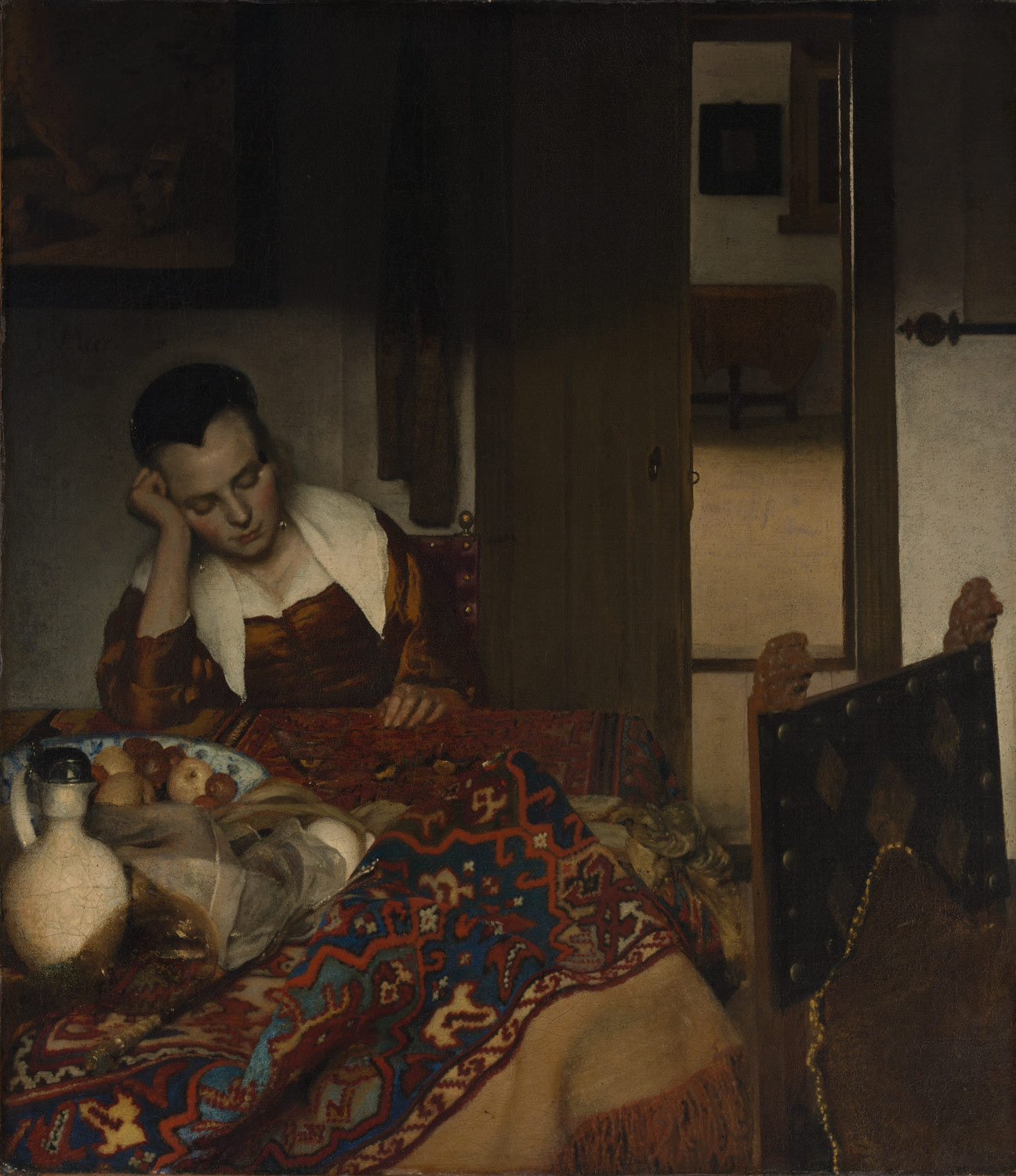
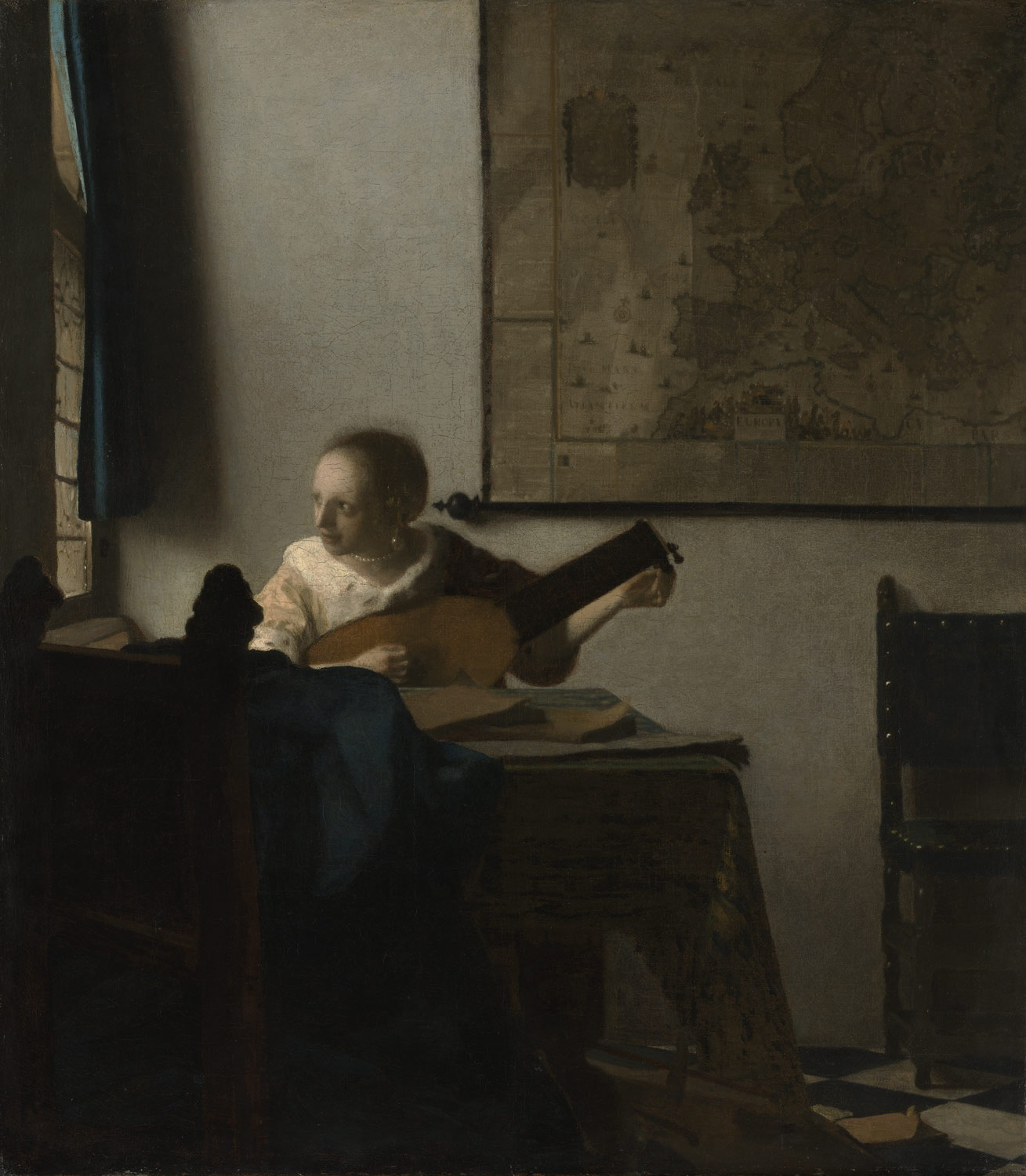
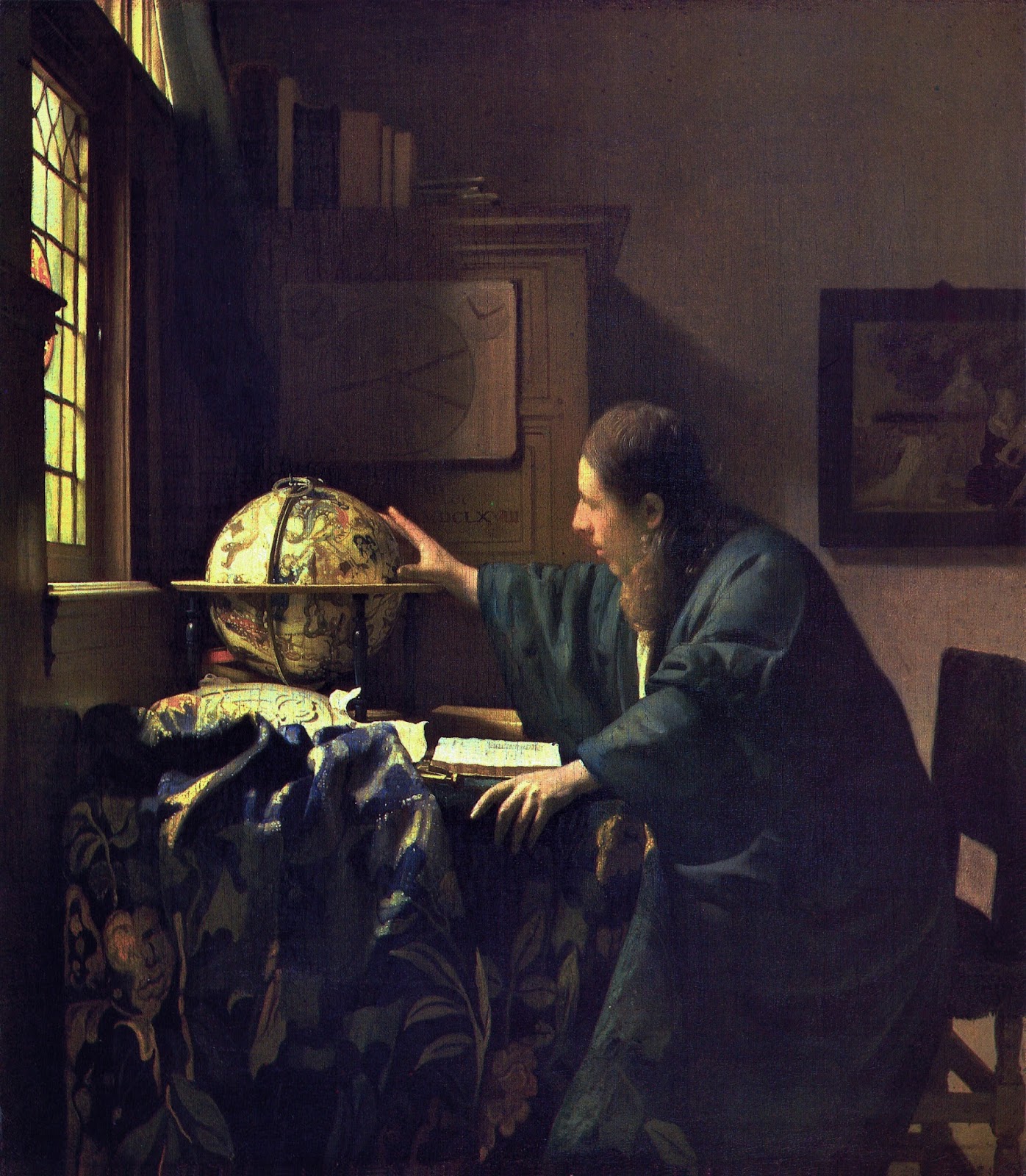
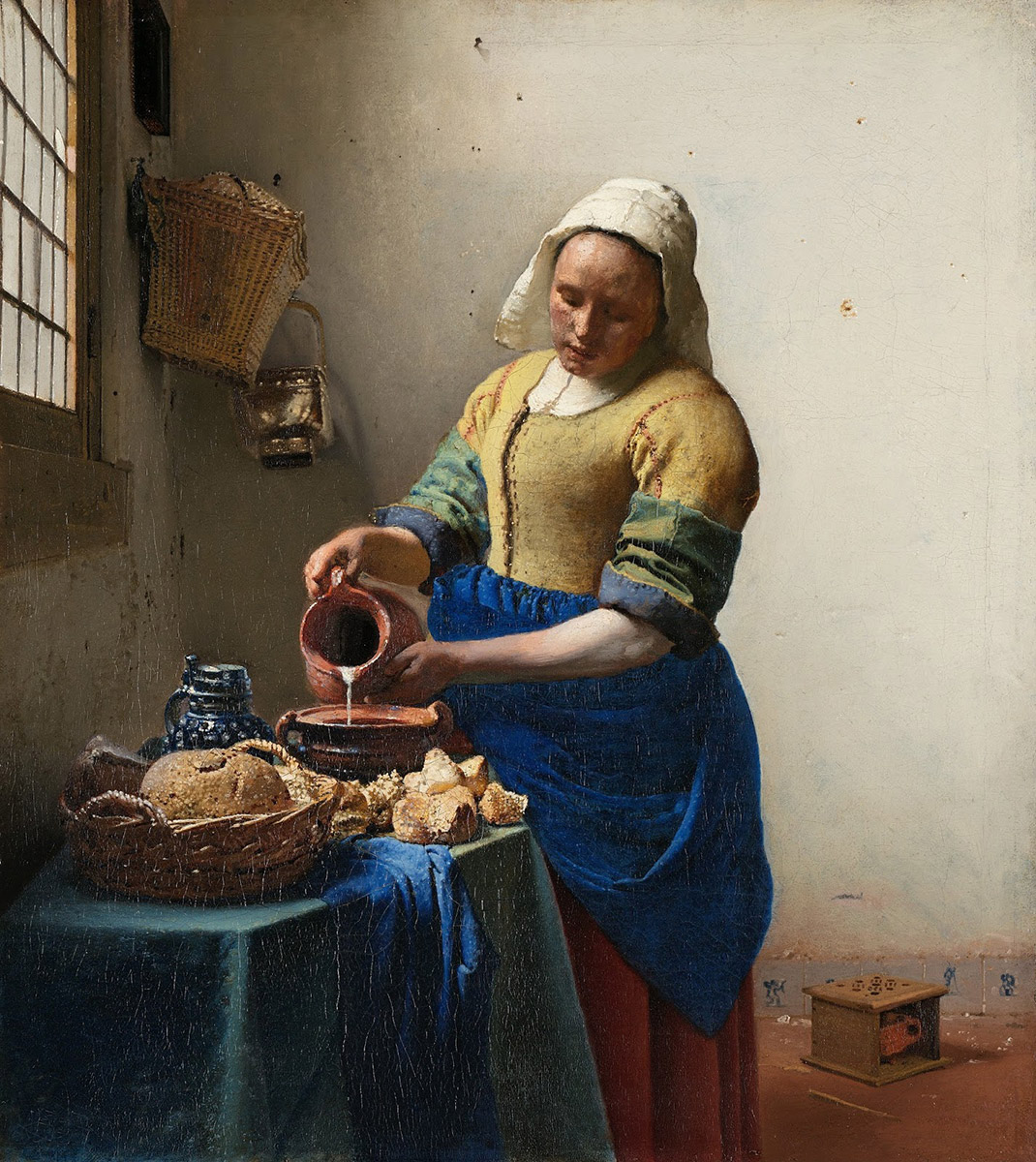



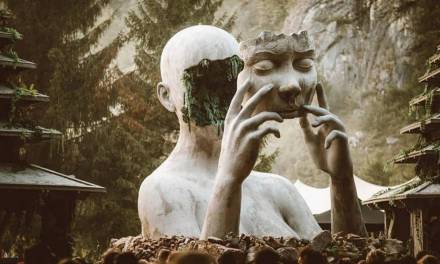
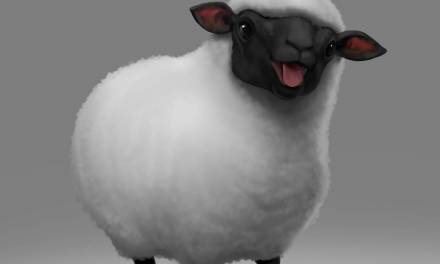
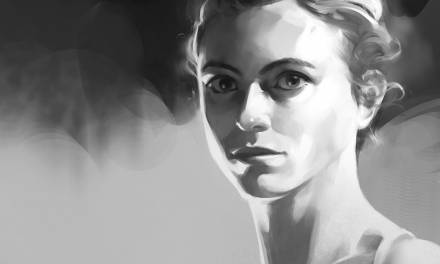
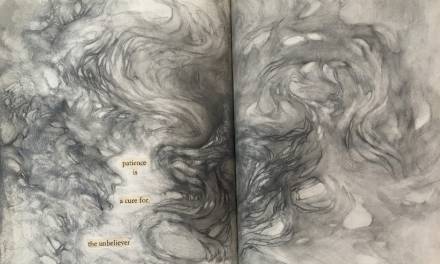
One of my favourite painters. To see a Vermeer in real life is really magical.
Always a joy to look at Vermeer, and this site. But it should be noted that there is absolutely zero direct evidence that Vermeer used a camera obscura. There is only guesswork on the part of a handful of scholars hundreds of years after the fact, which has been made popular by a David Hockney's book and Tim Jenison's movie. But just because the guesswork has become popular does not mean that it is “widely understood that Vermeer used a camera obscura” by actual scholars who are rigorous and skeptical about these kinds of revisionist theories.
Thanks…
Also one of my favorites. Too bad he died young, producing so few works, around thirty. I would add a reverent quiet simplicity to the qualities of his work. The simplicity is the single moment or moments of some part of their daily life.
What strikes me as odd is that Vermeer would put the discs of light expected of highly reflective surfaces such as varnished wood or metal on objects like bread. If he was just copying like Tim that wouldn’t happen.
Then there’s further oddities like the shape, number of and stained glass in his windows changing from painting to painting. The checkerboard floor and any lens device were not noted in the list of possessions taken after his death. If this level of detailed light was so reliant on this camera how come none of his contemporaries producing similar work mention it in their treatises on painting except with disparaging remarks?
Accusing long dead men of deciet because you can’t fathom them being so much more talented then you strikes me as rather disgusting.
Thank you for this post. Really, a great value information.